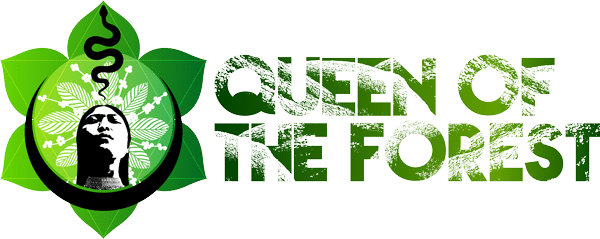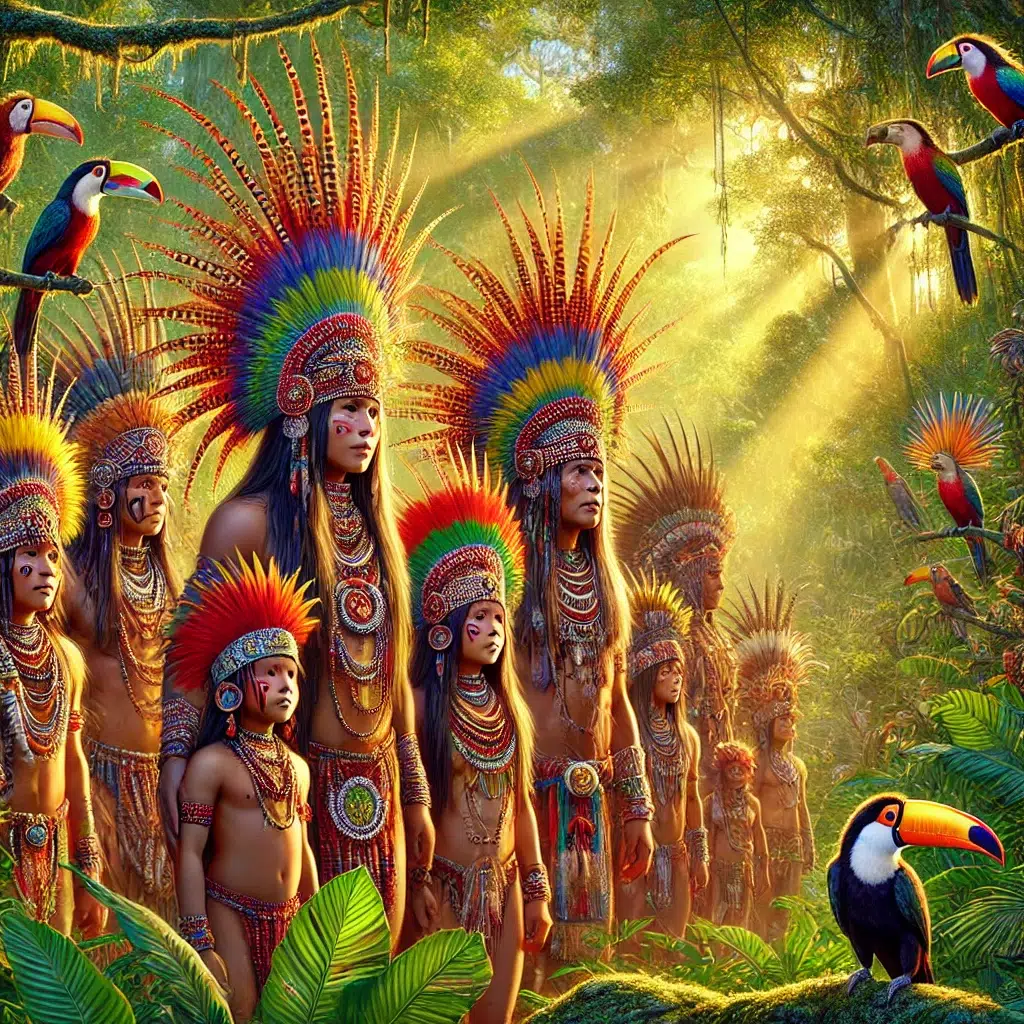Communities, Environmental, Forest People
Os “índios” do Brasil
In the last IBGE census (2010), 817,000 Brazilians categorized themselves as Native.
Brazilian natives have actually made important and considerable contributions to modern medicine with knowledge that is used today for pharmaceutical, cultural, and nutritional advancement — such as the domestication of tobacco, cassava and numerous other important crops.
The word Índios (“Indians”) was back then used to designate the native individuals of America and continues to be utilized today in the Portuguese language (although it is in decline) to designate these individuals, while the individuals of India are called indianos in order to differentiate the 2.
In January 18, 2007, FUNAI reported that it had actually confirmed the existence of 67 uncontacted groups in Brazil, up from 40 in 2005. With this addition, Brazil has surpassed New Guinea as the nation with the biggest number of uncontacted native groups.
Native individuals in Brazil make up a great deal of unique ethnic groups who had populated what is now the nation of Brazil prior to the European colonization in the 1500’s. Unlike Christopher Columbus, who believed he had actually reached the East Indies, the Portuguese, most significantly Vasco da Gama, believed they actually had currently reached India by means of the Indian Ocean path when they reached Brazil.
Historians say that before the arrival of the Europeans there were approximately 100 million Natives on the continent. In Brazil alone, this number reached approximately 5 million. These Brazilian Natives were divided into tribes, which were later categorized according to the linguistic trunk to which they belonged: tupi-guarani (coastal region), Macro-jê or Tapuia (Central Plateau region), Aruaque (Amazon) and Caraíba (Amazon).
Currently, it is estimated that only 400,000 Natives occupy Brazilian territory, especially in indigenous reservations demarcated and protected by the government. There are about 200 indigenous ethnic groups and 170 languages. However, many are no longer able to live in the traditional way of their tribes since the arrival of the Portuguese and the development of modern Brazil. Contact with the white man caused many tribes to lose their cultural identity.
At the time of European contact, many of the native individuals were semi-nomadic people who survived on foraging, fishing, seasonal, and migrant farming. A lot of the approximated 2,000 cultures and traditions which existed in the 16th century suffered extinction as an effect of the European settlement, and numerous were absorbed into the Brazilian population.
Get to Know some of the Brazilian Native Populations, their art and culture:
Kaxinawa – Kuntanawa – Yawanawa – Tupi Guarani – Puyanawa


